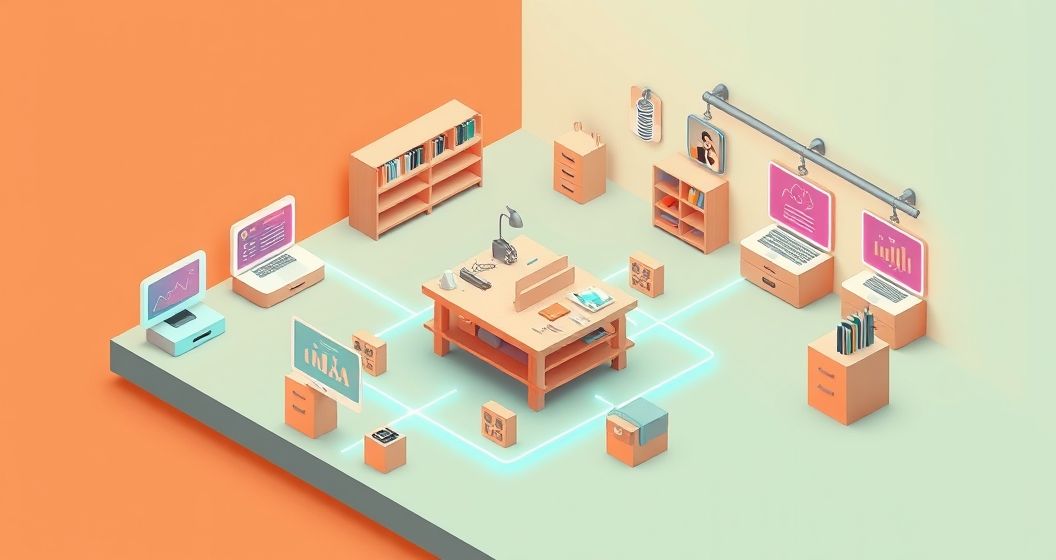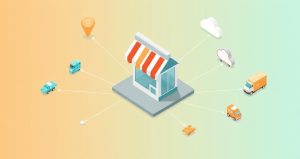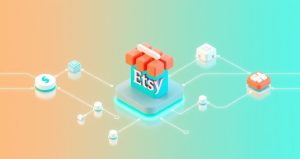Running a successful Etsy shop involves much more than creating beautiful products. As your business grows, administrative tasks like shipping, accounting, and marketing can consume valuable time. This is where Etsy integrations become essential. These powerful third-party tools connect directly with your shop, automating workflows and unlocking new capabilities. By leveraging the right integrations, you can streamline operations, reduce manual errors, and free up time to focus on what you do best: creating and selling your unique items.
What Are Etsy Integrations?
Etsy integrations are specialized software applications that connect to your shop’s backend through Etsy’s API (Application Programming Interface). This connection allows for a seamless flow of data between your store and the tool. For example, an integration can automatically pull order details, update inventory levels, or push new product listings to social media. Essentially, they act as digital assistants, handling repetitive and time-consuming tasks with precision and efficiency, allowing you to manage your business more effectively.
Key Areas for Etsy Integrations
To maximize efficiency, it is crucial to identify the areas of your business that would benefit most from automation. Most sellers find that the greatest time savings come from integrating solutions for shipping, accounting, marketing, and inventory management. Each category offers a unique set of tools designed to solve specific challenges faced by a growing Etsy business. Selecting the right combination of Etsy integrations is a strategic move that can significantly impact your productivity and profitability.
1. Shipping and Fulfillment Integrations
Manually processing orders, printing labels, and sending tracking information is one of the most repetitive tasks for any Etsy seller. Shipping integrations completely automate this process. These tools import your order information, compare rates across carriers to find the best price, and print shipping labels in bulk. This not only saves an immense amount of time but also reduces the risk of human error in addresses and customs forms. Many services also automatically update your Etsy orders with tracking numbers, keeping your customers informed.
2. Accounting and Bookkeeping Software
Keeping accurate financial records is non-negotiable for a serious business. Etsy integrations for accounting software like QuickBooks or Xero eliminate the need for manual data entry. They automatically sync your sales revenue, Etsy fees, sales tax collected, and other financial data directly into your books. This ensures your records are always up-to-date and accurate, making tax season far less stressful. It also provides a clear overview of your shop’s financial health, helping you make smarter business decisions.
3. Print-on-Demand (POD) Services
For sellers in the apparel, home goods, or art print niches, print-on-demand Etsy integrations are transformative. Services like Printful and Printify connect directly to your shop. When a customer places an order for a POD product, the integration automatically sends the order to the production partner. They then print, package, and ship the item directly to your customer under your brand. This model removes the need for you to hold any physical inventory, manage production, or handle shipping for those products.
4. Marketing and Social Media Automation
Promoting your products is key to driving traffic and sales. Marketing integrations help you reach a wider audience with less effort. Some tools assist with SEO (Search Engine Optimization) by analyzing your listings and suggesting better keywords to improve your visibility in Etsy search. Other Etsy integrations connect to your social media accounts, automatically sharing new listings or scheduling promotional posts on platforms like Pinterest, Instagram, and Facebook. This ensures a consistent online presence, even when you are busy.
5. Inventory and Order Management Tools
If you sell on multiple platforms, such as Etsy and your own website, managing inventory can become a major challenge. Inventory management integrations sync your stock levels across all channels in real time. When an item sells on one platform, the tool automatically updates the quantity available on the others. This prevents you from overselling products you no longer have in stock, which protects your reputation and improves the customer experience. These tools provide a central hub for all your operations.
How to Choose the Right Etsy Integration
With so many options available, selecting the best Etsy integrations for your shop requires careful consideration. Start by identifying your biggest pain points. Are you spending too much time on shipping, or is accounting your main challenge? Next, consider your budget, as services range from free to subscription-based models. Always read recent reviews from other Etsy sellers to gauge the tool’s reliability and customer support. Finally, ensure the integration is an official Etsy partner or uses the API ethically to protect your shop’s security and data.
The Strategic Advantage of Integration
Ultimately, Etsy integrations are more than just convenient tools; they are strategic assets for scaling your business. By automating the operational side of your shop, you reclaim your most valuable resource: time. This allows you to invest more energy into product development, customer service, and creative marketing. The efficiency gained from a well-integrated system leads to faster order fulfillment, more accurate financial tracking, and a stronger market presence, providing a solid foundation for long-term growth and success on the platform.






